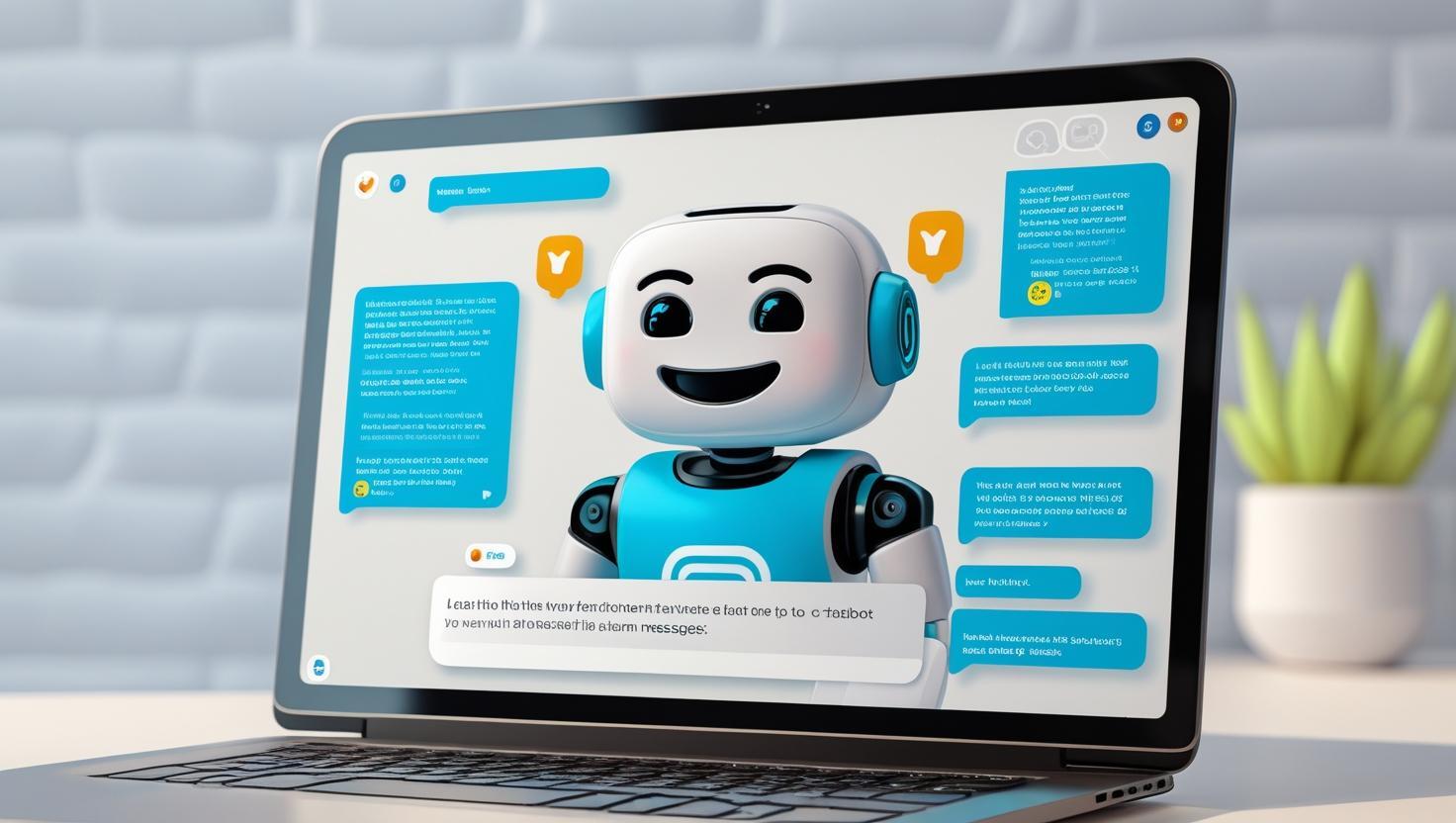What Does Outsource-as-a-Service (OaaS) Mean in Hospitality?
Outsource-as-a-Service (OaaS) is a modern operational model where AI agents—not human staff or virtual assistants—perform day-to-day hospitality tasks automatically.
Instead of delegating tasks to internal teams or third-party vendors, OaaS platforms like Jurny’s NIA handle execution natively, based on live data and standardized SOPs. These AI agents do not wait for instructions. They interpret context, act autonomously, and improve over time.
Why Are Hospitality Operators Moving Away from Manual Ops?
The legacy operating model in hospitality required:
- Hiring and training staff
- Connecting them to PMS, task systems, and CRMs
- Creating and updating SOPs
- Monitoring workflows to ensure consistency
This model becomes fragile at scale. Operators face:
- Linear staffing costs
- SOP drift and onboarding bottlenecks
- Inconsistent execution and response delays
- Increasing reliance on tech tools—but still manual coordination
As demand for faster, 24/7 service grows, human-dependent execution is no longer sustainable.
What’s the Difference Between BPO and OaaS?
|
Business Process Outsourcing (BPO) |
Outsource-as-a-Service (OaaS) |
|
Delegates tasks to offshore teams |
Executes tasks using AI agents |
|
Requires onboarding and training |
Learns from your SOPs instantly |
|
Operates within existing tools |
Replaces the tools with execution layers |
|
Limited consistency and control |
24/7 accuracy, context-aware replies |
|
Scales with headcount |
Scales with usage—no labor required |
OaaS isn’t “cheaper help.” It’s no help needed.
What Can OaaS Platforms Like NIA Do?
OaaS in hospitality is already live and operational. Intelligent agents can:
- Respond instantly to guests across Airbnb, Booking.com, SMS, WhatsApp, and email
- Generate quotes, process bookings, and send confirmations
- Assign cleaning and maintenance tasks in real time, based on calendar changes
- Trigger personalized upsell offers at high-conversion moments
- Analyze performance and surface insights without a dashboard
This isn’t future-looking—it’s being deployed daily across modern portfolios.
What Are the Results of Adopting OaaS?
Operators using systems like Jurny’s NIA report:
- 📉 Up to 91% reduction in manual workload (12.5 → 1.1 hrs/unit/week)
- ⚡ 6x faster guest response and resolution times
- 💰 +30% revenue per stay via automated upsells
- 🌟 +25% increase in guest satisfaction with consistent, real-time interactions
These aren’t marginal improvements—they’re structural changes.
What’s the Catch? (And Why It Feels Unfamiliar)
For many operators, managing staff = managing quality.
Letting go of that model can feel risky. But in practice, today’s guests don’t measure service by the size of your team. They measure by speed, clarity, and consistency.
AI agents outperform humans on all three—especially at scale.
How Is Work Changing in AI-Powered Hospitality?
OaaS doesn’t eliminate people—it eliminates the need for people to do repetitive, rules-based tasks. That frees human teams to:
- Design better guest experiences
- Grow the brand
- Expand to new markets
- Focus on strategic execution, not daily firefighting
It’s not just automation. It’s a new definition of operational work.
How Does Jurny’s NIA Enable OaaS?
Jurny’s Network of Intelligent Agents (NIA) was built to replace the traditional “ops team + tech stack” model.
Instead of hiring, training, and managing staff, operators upload their SOPs—and the system takes over. NIA executes messaging, reviews, maintenance, upsells, task routing, and performance monitoring with full brand fidelity.
Operators using NIA have achieved 91% workload reduction and 30% revenue growth—without growing their teams.
Is Your Team Still Doing the Work?
If you’re still hiring staff to answer OTA messages or coordinate turnovers, you’re competing with operators who’ve already offloaded that work to autonomous systems.
And they’re not cutting corners.
They’re cutting complexity.
👉 [Book a Demo] to see how Jurny’s NIA delivers OaaS—with no training, no staffing overhead, and performance at scale.






.png)



